Kalanchoe pinnate: what is it and how to care for it?
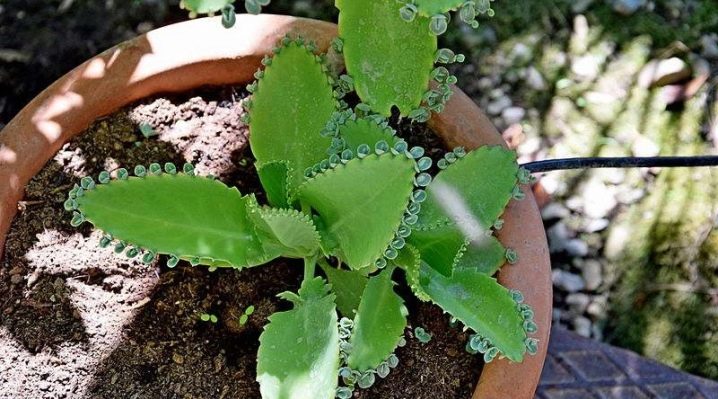
Kalanchoe pinnate is a decorative indoor flower with healing properties. The leaves and sap of the plant are used in medicine and cosmetology. Its other name is “surgeon without a knife”. The flower is credited with hemostatic, anti-inflammatory and tonic properties.
Kalanchoe is unpretentious, and if you follow simple rules of care, you can grow a beautiful evergreen bush that will become your home doctor.

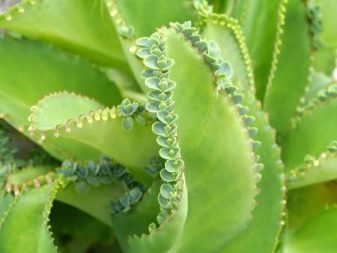
Description
Kalanchoe belongs to the Tolstyankov family, his homeland is the island of Madagascar. In nature, the bush grows on slopes in depleted stony soil, reaching a length of 2 meters. In an apartment, its height is much lower and depends on the conditions of detention. The stem is hollow, fleshy; as it grows, it becomes woody at the base. The leaves are bright green, oval, opposite each other. Along the edges there are teeth, between which children grow up, with the help of them the Kalanchoe reproduces.
A plant over 2 years old often blooms. This happens in winter, when daylight hours become shorter. The bush forms an arrow that grows upward and extends beyond the cap of the leaves. Hanging flowers appear on it - light pink buds about 4 cm in size. Later, fruits are formed, which are small boxes with seeds.
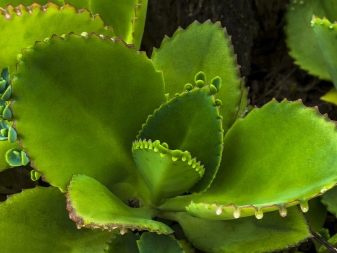
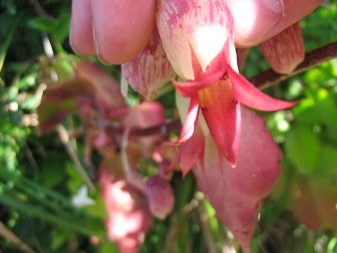
Care
Kalanchoe grows well in the apartment. In summer, the flower feels better on the west or east window, and in winter - on the south. Direct sunlight should be avoided as it can burn the leaves. The plant loves bright lighting, but daylight hours should be short. This is especially necessary for the bush to bloom. For these purposes, after 17 hours, the pot with Kalanchoe is darkened: covered with a cap or placed in the dark part of the room. In this way, you can achieve flowering at any time of the year.
The pot with the plant must have good drainage so that the water does not stagnate. Otherwise, root decay cannot be avoided. The soil should contain peat and sand, any soil is suitable for succulents. The root system is growing rapidly, therefore periodically, the flower should be transplanted into a more spacious flowerpot, it is better to do this in the spring.
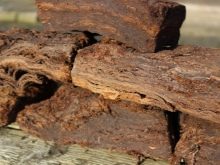
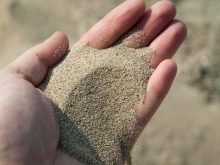
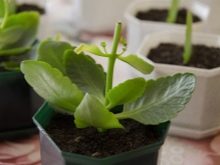
Like all succulents, Kalanchoe accumulates moisture in the leaves and stem, so watering should be moderate. It is difficult to define an exact scheme, the frequency of soil moistening depends on many factors, for example, on the air temperature in the room. It is worth focusing on the top layer of the earth, if it dries out, the plant needs another portion of water. Usually watered every 3 days in summer and once a week in winter. It is necessary to follow simple rules:
- water should be settled, at room temperature;
- when watering, the leaves and sinuses of the bush cannot be wetted;
- the earth must be completely moistened;
- due to drainage, excess water comes out into the sump, which is drained half an hour after the soil is moistened.
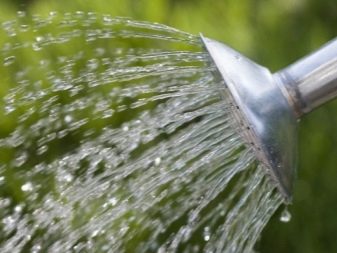

There is no need for spraying - Kalanchoe perfectly tolerates dry air. During the flowering period, a little more water is required, but be careful - it is better to underfill the plant than to overflow. If the age of the Kalanchoe is 2 years old, and it has not bloomed yet, then this process can be stimulated by following these steps:
- shorten daylight hours for the plant;
- reduce the temperature in the room;
- you can try to rearrange the flower pot to another window, just not to the north side;
- do not forget about timely feeding.
They begin to feed the plant in May and continue until mid-July, do it every 2-3 weeks. To stimulate winter flowering, feeding is resumed in November. Use any fertilizer for succulents, only the dose indicated on the package should be reduced by 2 times. No feeding is needed in winter.

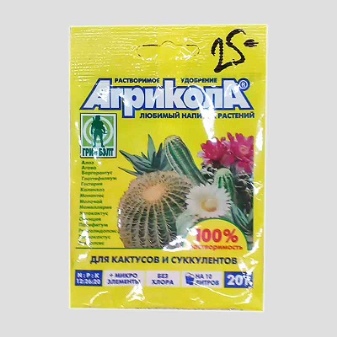
The plant will be grateful if, in addition to moderate watering and timely feeding, the care is supplemented with the following procedures:
- wipe dust from leaves with a napkin;
- remove diseased and damaged parts of the plant;
- loosen the soil;
- for the winter, rearrange the flower in a cooler room (15-18 degrees);
- after the Kalanchoe has faded, cut off the wilted buds and rest the plant.
With such care, the bush grows better, the leaves become larger and juicier, and this will allow you to prepare more healing tinctures. And, of course, do not forget about the decorative function of the Kalanchoe.
The plant blooms beautifully and, with proper care, does it annually.
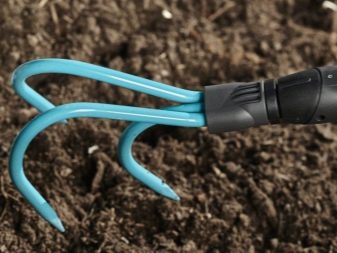
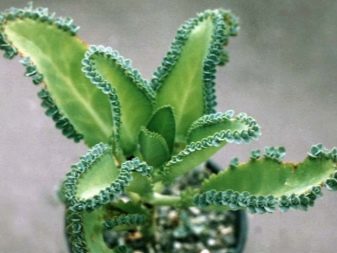
Pruning
Thanks to timely pruning, the bush will acquire a neat shape, and the juice secreted by the plant is better distributed over the processes and leaves. Kalanchoe will look more alive and healthy, its resistance to various diseases and plant viruses will increase. The pruning procedure is done for different purposes:
- plant rejuvenation;
- giving the bush a beautiful shape;
- disease prevention.
As soon as the flower has taken root in the pot, 2 upper leaves are pinched off, later shoots form at this place, and the Kalanchoe will acquire a bushy shape. From spring to late autumn, the procedure is carried out several times as needed. If the flower has already grown long shoots, which are awkwardly bulging and spoil the general appearance, they are cut off. This is done with sharp scissors, pre-treated with alcohol.
Cuttings will be obtained from the removed shoots, they can be planted next to the "mother" plant to give the bush a more lush shape.

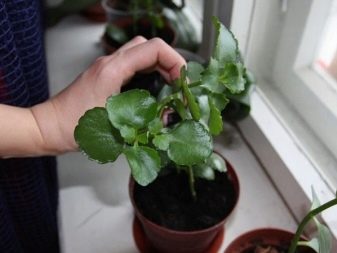
After flowering, the Kalanchoe needs pruning. Remove all weak, wilted leaves, and most importantly, the peduncle. It is cut off to the very base, otherwise a dry stick will stick out of the ground, which looks ugly. The cut bush is left alone in a dark place for 2 weeks, then it is looked after as usual. It is not always possible to carry out pruning, sometimes it is destructive for a flower. It is forbidden to do the procedure in the following cases:
- if the Kalanchoe began to bloom;
- in winter;
- within a month after transplant;
- immediately after purchase, as the plant needs acclimatization;
- when attacking pests - first you need to get rid of them.
In other circumstances, pruning is necessary, it allows the plant not only to look beautiful, but also to be healthy.
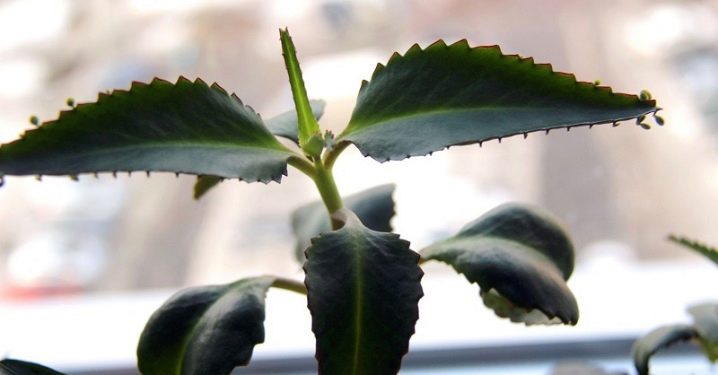
Reproduction
Kalanchoe pinnate reproduces well, you can get new instances in different ways:
- children;
- seeds;
- cuttings;
- sheet.
The easiest way to reproduce is by children. This is the name of the small processes with miniature leaves and a spine. They are formed on the leaves of an adult plant and, getting into the soil, take root, growing into a full-fledged bush. Not all varieties of Kalanchoe form babies, because of this feature, it is the feathery species that is called "viviparous". For reproduction, it is necessary to carefully pinch off a tender sprout and plant it in a previously prepared substrate.
Seed propagation is suitable when a large number of specimens need to be grown. For this, the seeds are sown in a fertile substrate and covered with a transparent film. Watered with a spray bottle, the soil must be constantly moistened. Once a day, air it by lifting the film for a few minutes. The first shoots will appear in about 1-3 weeks. Seedlings dive, and the strongest specimens are transplanted into pots.
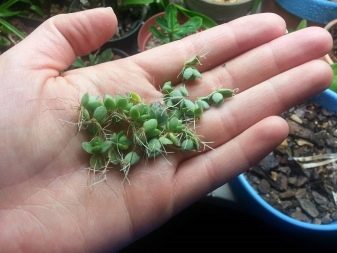
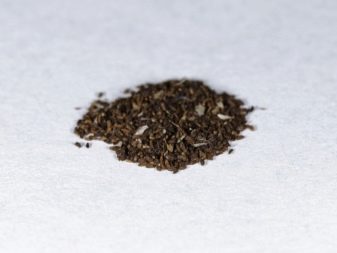
Sometimes you don't want to wait until a plant of sufficient height is formed from a seed or baby, then cuttings are used. Thanks to him, you can get a beautiful green bush in a short time. This type of propagation is usually used immediately after pruning. The tops that have been cut are divided into cuttings 7–8 cm long, while healthy parts of the plant are selected. They are left in water until roots appear, then transplanted to a permanent place of residence.
New specimens are also grown using a sheet plate. They do this at any time of the year. A healthy leaf is pinched off from the bush and deepened into the soil, covered with a jar on top. The soil must be well moistened. Roots will appear soon and a full-fledged process will grow.
If you do not want to pluck a leaf from the bush for these purposes, you can take a fallen leaf, only it should be green, without signs of yellowing.
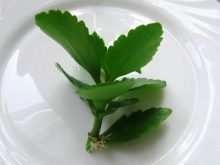
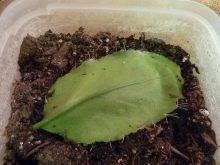
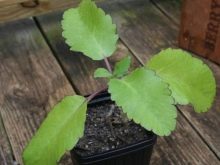
Pests and diseases
Kalanchoe pinnate is unpretentious, but still sometimes it gets sick. It can be attacked by viruses, fungi or pests. The diseased bush begins to wither, lose leaves and, if you do not take action, dies. The sooner you start treatment, the more chances you have to save the flower. When the leaves and stem are covered with brown and brown spots, it is late blight. It occurs due to high humidity, therefore, if a disease is detected, watering should be stopped - the earth should dry out well. Further, fungicides are used, for example, "Profit Gold" or "Previkur". These funds are diluted in water according to the instructions and sprayed with them on the bush. In the future, it is necessary to reconsider the frequency of watering.
Sometimes, due to too hot and dry air, a white bloom appears on the flower - powdery mildew. In this case, it is necessary to ventilate the room more often or move the flowerpot with the plant to a cooler place - in the spring-summer period, a balcony will do. And if the leaves become sticky, pale spots similar to gruel form on them, which means that the Kalanchoe was struck by gray rot, in this case the plant needs to replace the soil. Both diseases can be treated with fungicides and good care.
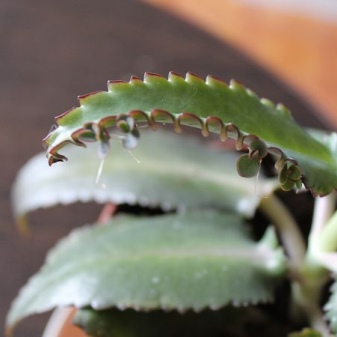
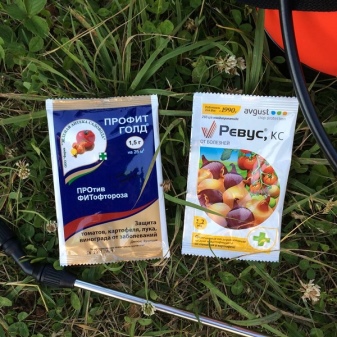
When the trunk turns black and the leaves shrink, it means that the flower is simply cold. At temperatures less than 15 degrees, the plant freezes and stem rot may develop. In this case, it is enough to revise the conditions of detention. But if the stem begins to rot, and round spots appear on the leaf plates, the flower can no longer be saved. There is only one way out - to find healthy cuttings or children on a diseased bush and grow new specimens from them.
If the leaves of the plant turn yellow and dry, it is possible that pests have settled on it. They are brought in with poor-quality soil or fly through an open window. By sucking the juice from the stem and leaves, they can destroy the entire bush. Kalanchoe pinnate is susceptible to attack by the following types of insects:
- mealybug (the plant affected by it looks like it is sprinkled with flour);
- scale insect (small round bugs that can be seen with the naked eye);
- mites (due to their vital activity, a thin web is formed on the plant);
- aphids (this pest often hides on the inside of the leaf).
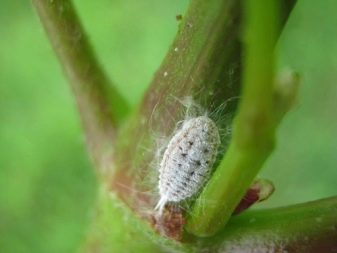
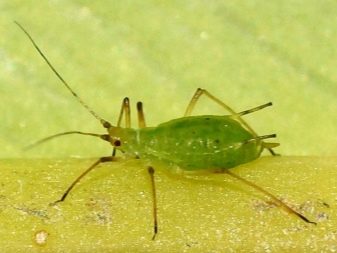
To get rid of the mealybug, the plant is sprayed with mineral oil, and the most affected parts of the bush are removed. It is easy to get rid of the scabbard: the bugs are removed from the leaves, and the places where they are found are wiped with alcohol, then the plant is washed in soapy water. Ticks and aphids are afraid of soapy water, they can be sprayed with the affected plant. To do this, mix 20 g of laundry or tar soap in 1 liter of warm water. Cool to room temperature and process from a spray bottle.
After the treatment it is necessary to do a preventive examination within a month, paying attention to the leaves and stem. If signs of a pest are found, the treatment should be repeated. In advanced cases, apply insecticides, for example, Fitoverm, Aktellik, Gaupsin. Processing is carried out on the balcony with gloves and a respirator. Good prevention of any disease is proper care.
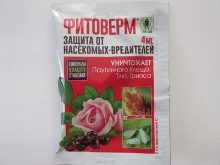
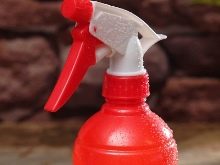
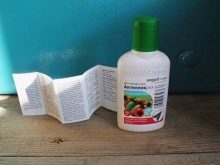
Timely watering, a comfortable air temperature and periodic pruning will keep the plant strong. In favorable conditions, Kalanchoe will live for a long time.
For information on how to achieve abundant repeated flowering of the Kalanchoe, see the next video.



















































The comment was sent successfully.